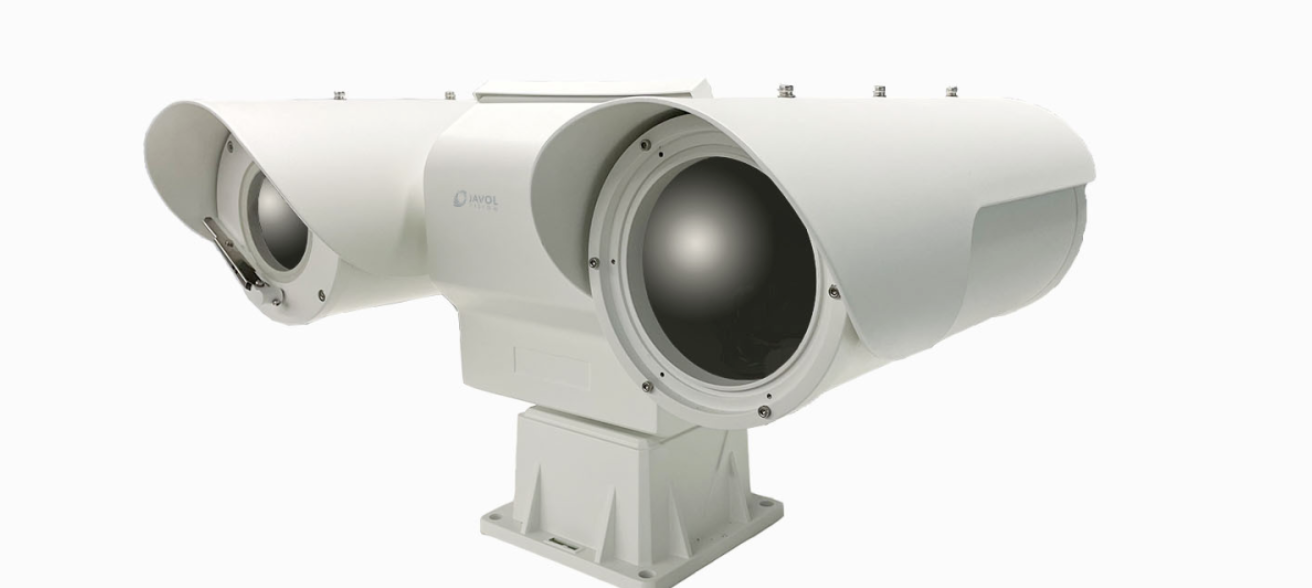What Is a Dual-Spectrum Thermal Imaging Camera System?

In today's world, advancements in technology have revolutionized various industries, including imaging and surveillance. One such innovation is the dual-spectrum thermal imaging camera system. This cutting-edge technology enhances visibility, improves accuracy, and expands applications for day and night scenarios. In this article, we'll delve into the details of a dual-spectrum thermal imaging system, exploring its features, capabilities, and diverse applications.
Introduction to Dual Spectral Thermal Imaging
Dual-spectrum thermal imaging combines the capabilities of traditional thermal imaging and visible light imaging. It utilizes two image sensors - one for thermal imaging and the other for visible light capture. By fusing these two imaging modalities, a more comprehensive and detailed image of the surrounding environment can be obtained.
Learn About Thermal Imaging
Thermal imaging is a technology that captures infrared radiation emitted by objects and converts it into a visible image. Every object with a temperature above absolute zero emits infrared radiation, which can be detected by a thermal imaging camera. These cameras generate images based on the heat signatures emitted by objects, allowing us to visualize temperature differences and identify objects even in total darkness.
Benefits of Dual Spectral Imaging
Dual-spectrum thermal imaging systems offer several key advantages over traditional thermal or visible light cameras alone. First, it enhances situational awareness by displaying thermal and visible light images side-by-side. This combination enables users to quickly identify objects and understand their temperature characteristics at the same time.
In addition, the dual-spectrum system improves detection accuracy. By utilizing visible light imaging and thermal imaging, it can reduce false positives and provide better context for identifying objects. This capability is especially valuable in security applications, where accurate and timely identification of potential threats is critical.
How Does a Dual-Spectrum Thermal Imaging Camera Work?
A dual-spectrum thermal imaging camera works by integrating two independent image sensors, one for capturing thermal radiation and the other for capturing visible light. These sensors capture their respective images simultaneously, enabling a synchronized view of the scene.
The camera processes data from both sensors and merges thermal and visible light images, aligning them pixel by pixel. This fusion creates a composite image that combines temperature information from thermal sensors with visual details from visible light sensors.
Applications of Dual Spectral Thermal Imaging
Dual-spectrum thermal imaging systems are widely used in various industries. Some key applications include:
1. Security and Monitoring
In the field of security and surveillance, dual-spectrum thermal imaging cameras reliably detect intruders even in challenging lighting conditions. They enable security personnel to monitor large areas, identify potential threats and take appropriate action quickly.
2. Search and Rescue Operations
During search and rescue operations, dual-spectrum thermal imaging cameras help locate missing persons, especially in low-light or hazardous environments. Thermal imaging capabilities can help search teams identify people based on body temperature signatures, increasing the chances of a successful rescue operation.
3. Industrial Inspection
Dual-spectrum thermal imaging camera systems are widely used in industrial inspections. It helps identify overheated components, electrical connection failures, and insulation problems in real-time. This enables proactive maintenance, reduces downtime, and improves overall safety.
4. Fire and Hazmat Situation
In firefighting and hazardous material (Hazmat) situations, dual-spectral thermal imaging cameras play a vital role in identifying hotspots, assessing fire dynamics, and detecting hidden dangers. They help firefighters make informed decisions, improving the effectiveness and safety of operations.
Advances in Dual Spectrum Technology
Dual-spectrum thermal imaging camera systems have come a long way over the years. These include improvements in image resolution, temperature accuracy, integration with other technologies, and the development of smart analytics.
The introduction of higher-resolution sensors has enhanced image clarity and detail, allowing for better object recognition. Additionally, advances in temperature accuracy enable more precise measurements, ensuring reliable identification of temperature changes.
Integration with other technologies such as artificial intelligence and machine learning facilitates the development of smart analytics for object recognition, anomaly detection, and behavior analysis. These advances expand the range of applications for dual-spectrum thermal imaging systems.
Challenges and Limitations
While dual-spectrum thermal imaging systems offer significant advantages, they do present some challenges and limitations. A common limitation is the cost associated with these advanced systems. The integration of two image sensors and the complexity of image fusion add to the overall cost of the camera.
Another challenge is the interpretation of bispectral images. It requires proper training and expertise to accurately interpret the combined thermal and visible light information. In complex scenarios, it can be challenging to understand the context and make informed decisions.
Dual-spectrum thermal imaging camera systems have become powerful tools for enhanced visibility, accurate detection and improved situational awareness. Combining the advantages of thermal imaging and visible light imaging, it can provide a comprehensive view of the surrounding environment. Dual-spectrum thermal imager systems are widely used in security, search and rescue, industrial inspection, fire protection and other fields, and have become a valuable asset in various industries. If you are looking for a dual-spectrum thermal imaging camera system for your company, please contact us.
JAVOL is a professional custom infrared imaging equipment manufacturer. Relying on the multi-spectral high-sensitivity photoelectric sensor chip of advanced compound semiconductor materials, with the deep learning AI algorithm as the engine, it integrates low-light night vision technology, infrared thermal imaging technology, short-wave infrared technology, etc. Combining spectral technology and fusion technology, the company designs, develops, and manufactures advanced imaging products and system solutions, which are widely used in machine vision, autonomous driving, drone payloads, high-end manufacturing, and medical diagnosis.
